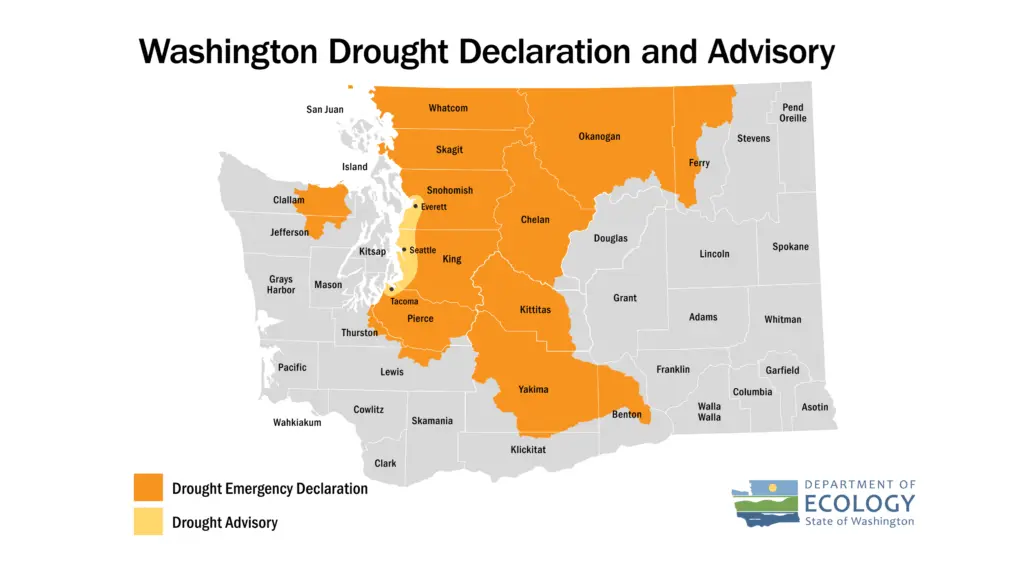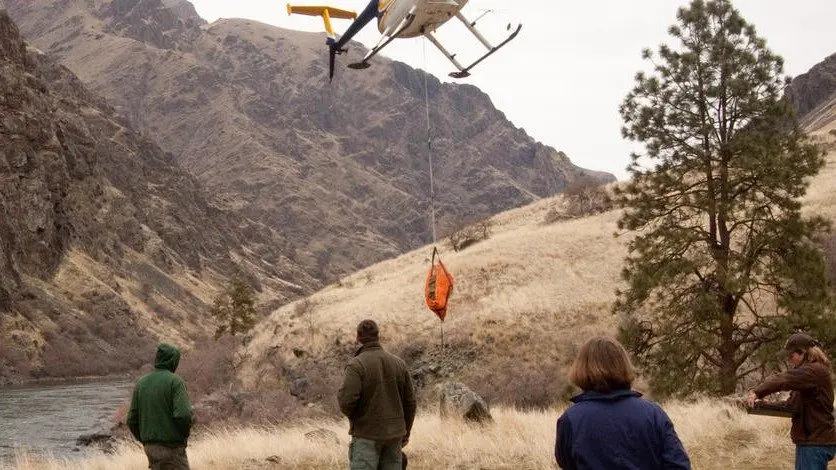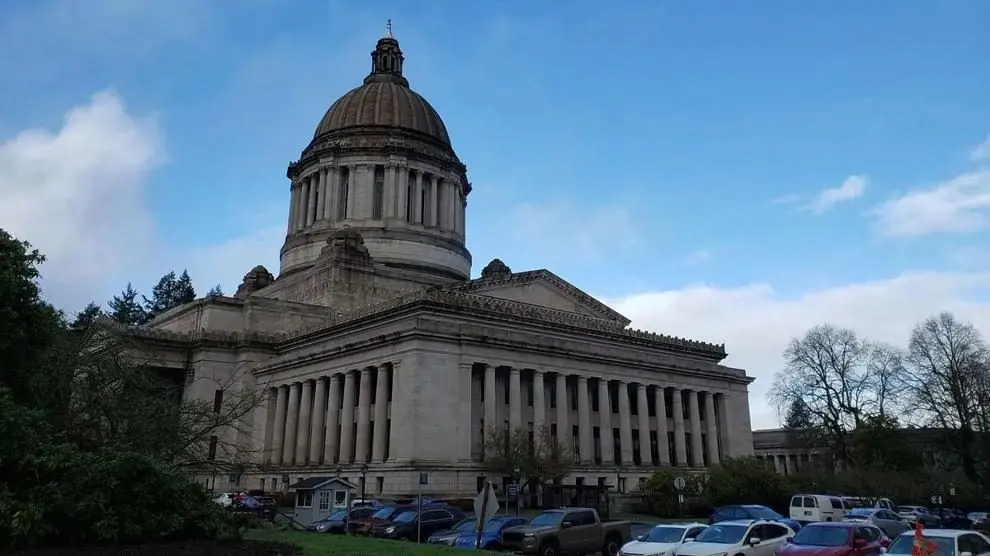OLYMPIA, WA – Rainfall in August, which fell mostly on the west side of Washington, has had much of an impact the state’s drought, according to the Washington State Department of Ecology. Experts say deficits in soil moisture, streamflow, and precipitation could extend drought conditions into next year.
The Water Supply Availability Committee, made up of state and federal agency experts, continues to meet monthly to review water conditions. Forecasts show streamflows are likely to remain below normal through September. Monthly runoff has been below normal since May, and that trend is expected to continue.
In the Yakima Basin, reservoir storage is at its lowest level for this time of year since 1971. Junior water right holders there have been limited to 40 percent of their normal allotment.
The current water year, measured from October through July, has been about 1.5 degrees warmer than normal, tying 1941 and 2024 as the 11th warmest since records began in 1895. Precipitation was 87 percent of normal, making it the 33rd driest water year so far.
From January through July, precipitation levels were only 70 percent of normal statewide, making it the seventh driest such period on record. April through July ranked as the third driest spring and summer on record.
The agency noted that the precipitation deficit, which began in 2023, still persists. Some parts of the state are 21 to 25 inches below normal precipitation levels. With snowpack gone for months and severe soil moisture deficits across much of Washington, especially in the Yakima Basin and Cascade Mountains, additional rainfall is unlikely to significantly improve water supplies because dry soil will absorb most of it before it reaches streams or aquifers.
Looking ahead, forecasts call for above-normal precipitation in the fall, though temperature predictions remain uncertain. A La Niña watch is in effect, signaling the possibility of wetter and colder conditions later in the year. Ecology officials said only a very cold, very wet winter will be enough to end the state’s drought.





